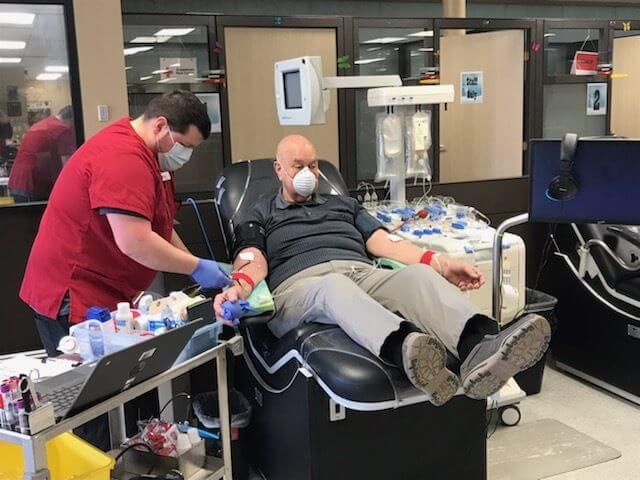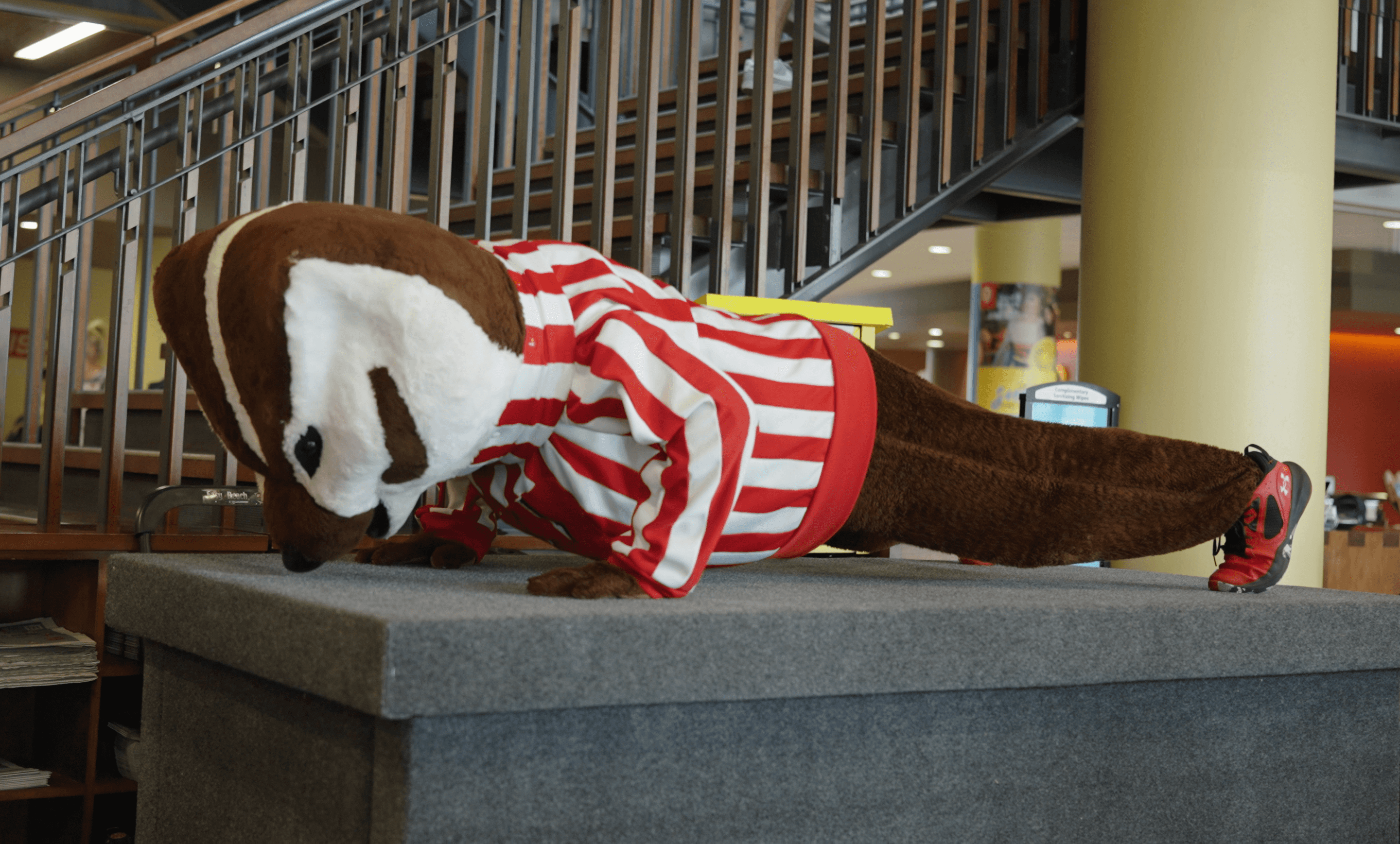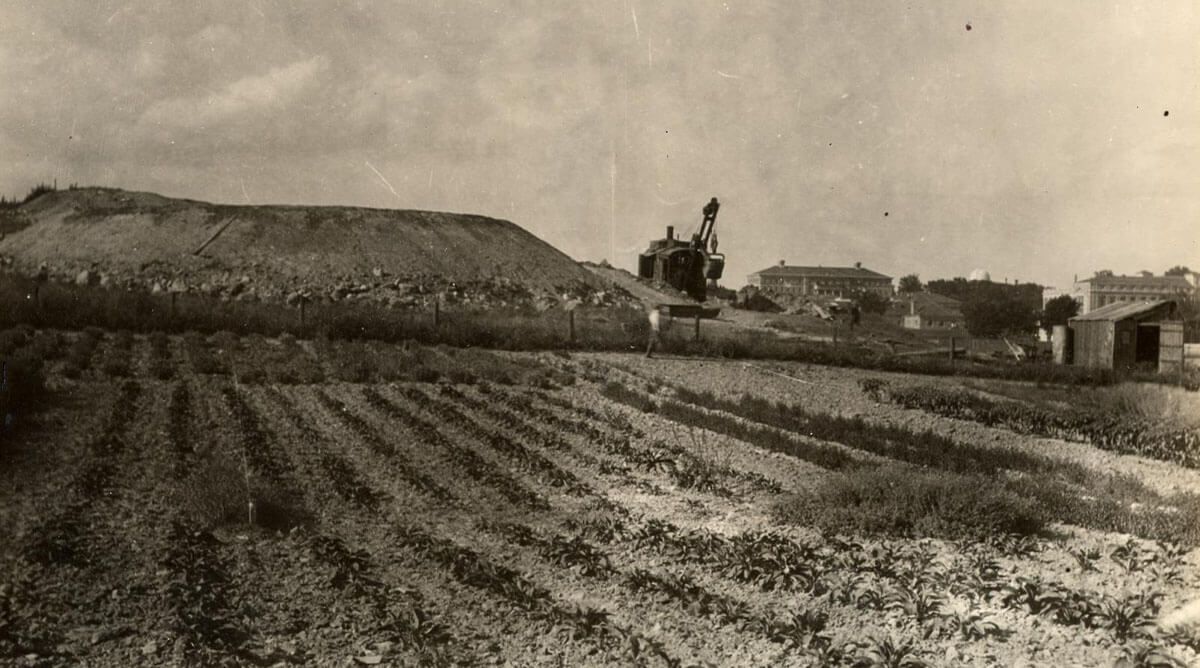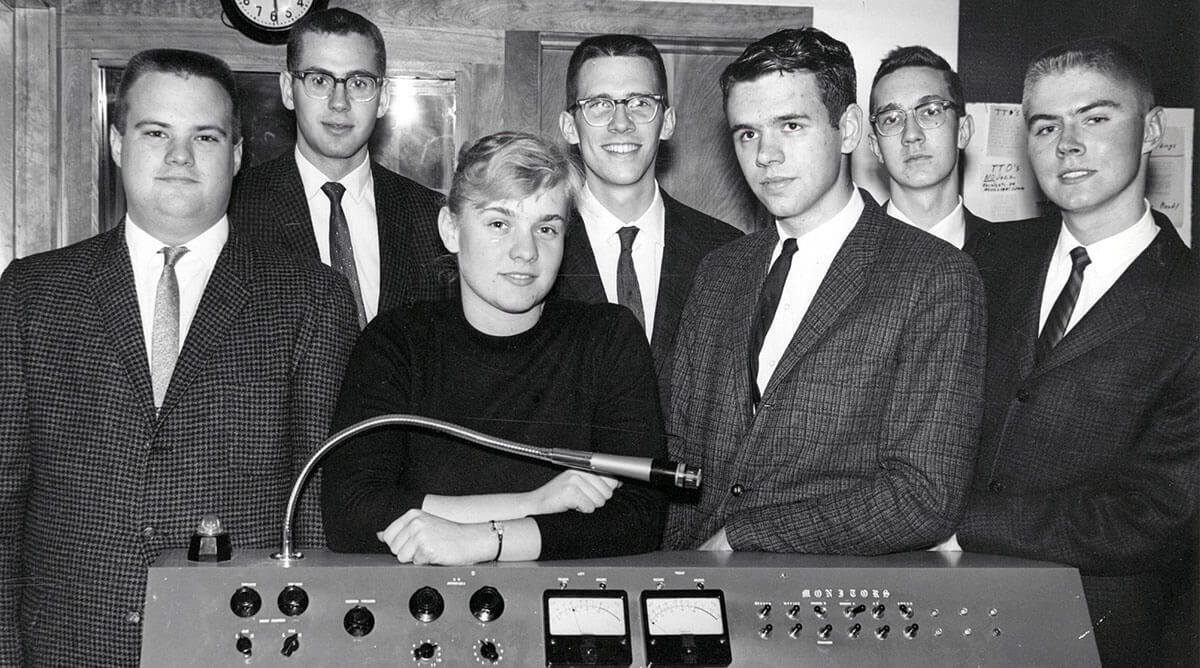Somewhere in the blood of COVID-19 survivors, Bill Hartman believes, may hide a key to saving the sickest patients.
Hartman, an assistant professor of anesthesiology in the UW’s School of Medicine and Public Health, is leading the UW–Madison segment of a nationwide convalescent-plasma study, an effort to see if doctors can use the blood of survivors to help treat others.
“Plasma, the liquid part of the blood, is what holds the antibodies,” he says. “If we can take that and put it into people who are sick, we hope we can make treatment more effective.”
Convalescent-plasma therapy isn’t new. Hartman notes that the concept dates back to the early 20th century, when plasma was used to treat victims of diphtheria and Spanish influenza. More recently, doctors used plasma therapy to treat coronavirus-caused diseases such as SARS and MERS. The process has relatively few dangers, as it’s no different than giving a patient a blood transfusion. So when researchers at the Mayo Clinic first suggested a nationwide plasma study, the FDA put the effort on a fast track. The UW Hospital is now one of a collection of medical facilities in all 50 states trying convalescent-plasma treatments.
The plan, however, has limitations. Because no active antibody test exists, only a few people are qualified to donate plasma: those who had previously tested positive for COVID and now test negative. And a donation only provides enough plasma to treat three patients. Further, it’s unclear whether the therapy works with COVID-19.
“There isn’t what we call a Lazarus effect,” says Hartman. “It’s not like you get a treatment and suddenly you’re all better. But we hope that [patients’] immune systems get a boost so that they can more effectively fight off the infection.”
To collect plasma donations, UW Hospital set up a hotline and is asking recovered patients to call. The Madison firm Exact Sciences then administers tests to confirm that donors are now COVID-negative, and then the American Red Cross draws plasma for the hospital to use.
Hartman notes that it’s important that so many health care facilities are taking part in the study, as it helps researchers collect a great deal of information quickly. “This way we can pool a lot of data into one database,” he says. “Hopefully, at the end [of the study], we’ll know a lot more, and our patients will feel better.”







